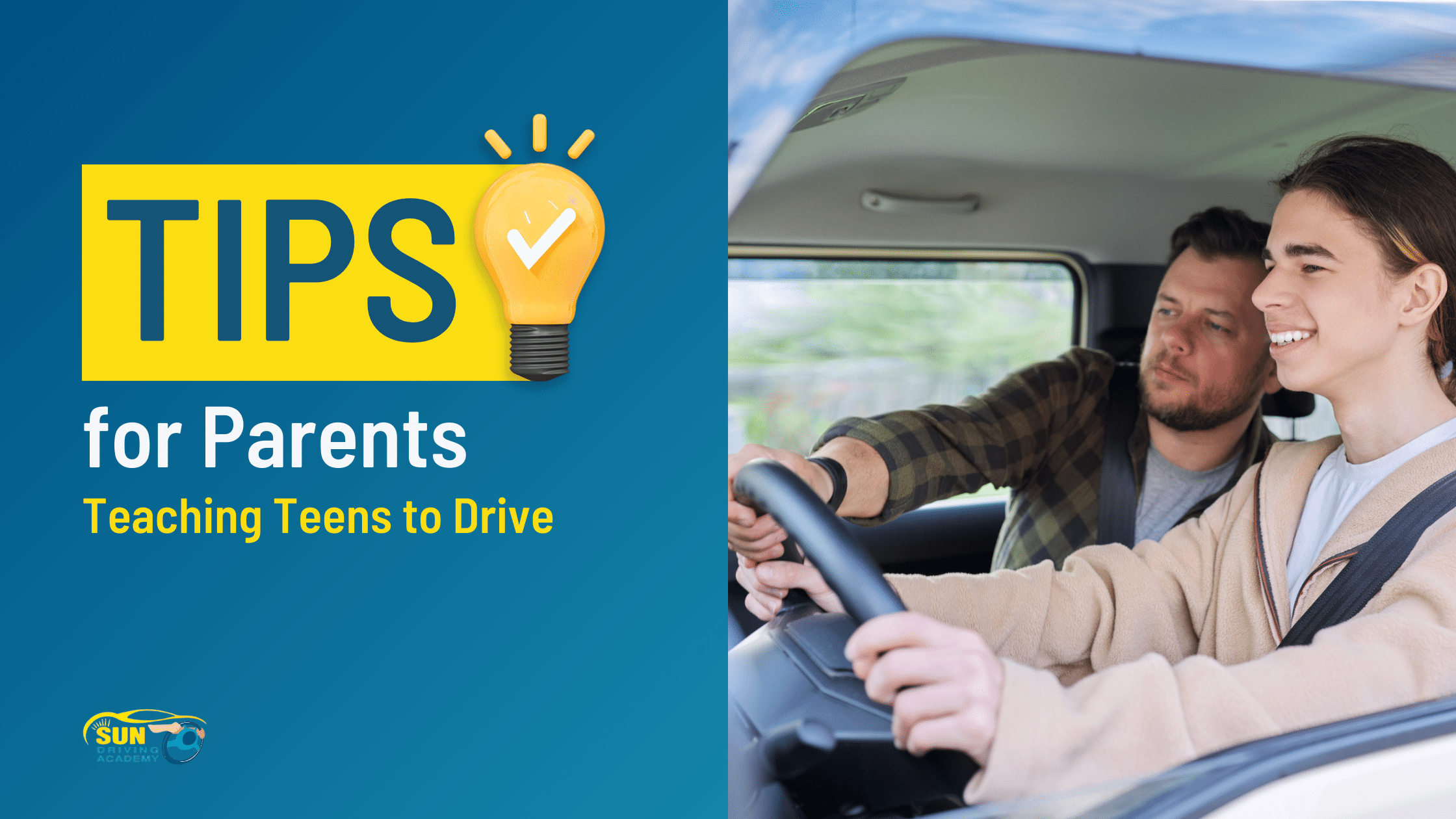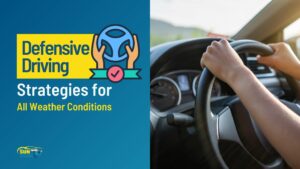Teaching your teenager to drive is a big step that can be exciting and a bit nerve-wracking. It’s not just about learning to drive but also about teaching safe habits and helping them become responsible drivers. This article provides driving tips and advice for both teen drivers and parents in Canada.
Teaching Teens to Drive
Teaching your teenager to drive can be exciting and scary. It’s important for them to practice a lot and make good choices. As a parent, you need to help them learn, give clear feedback, and make sure they know how serious driving is. The main aim is to help them become skilled and careful drivers who make Canada’s roads safer.
Understanding Teen Drivers’ Mindset
Teenagers think they can’t get hurt and often do risky things. Parents can help by understanding why teens act this way, like wanting to impress friends. Being patient and understanding is important because teens are still learning how to deal with difficult situations.
Essential Pre-Driving Talks with Your Teen
Before your teen starts driving, talk to them about the responsibilities of driving. Discuss distracted driving, substance abuse, and speeding. Set clear rules and consequences to highlight the importance of making safe choices while driving.
Creating a Progressive Learning Plan
Teens need a structured plan for driving lessons. Begin in empty parking lots and then move on to more challenging environments like traffic and highways. This gradual approach helps teens gain confidence and improve their driving skills.
Fundamental Driving Tips for Teen Drivers
Safe driving requires maintaining a proper following distance from the vehicle ahead to allow enough time to react in an emergency. Teach your teen to signal their intentions well in advance so that other drivers know what to expect. They should also stay within speed limits, which exist to maintain safety, not to restrict freedom. Always remind them to check their blind spots before changing lanes to ensure it’s safe.
Common Mistakes and How to Avoid Them
Teens can sometimes be overconfident, which can make them more cautious than they should be. Keep them humble and tell them to pay close attention to the road. Remind them of how dangerous it is to be distracted by things like texting and how important it is to pay attention while driving. In addition to that, they should know that speed limits are there to keep everyone safe.
Navigating Different Driving Conditions
Canada has different types of weather that can be difficult for driving. When it rains, you should drive slower and turn on your headlights. In snow and ice, brake gently and keep a safe distance from other cars. If it’s foggy, drive slowly and use fog lights if you have them.
Balancing Freedom and Responsibility
Teens feel free when they drive, but it comes with big responsibilities. Make clear rules about curfews, passengers, and where they can go. Tell them why it’s important to follow these rules to stay safe.
Practical Driving Tests: Preparation Tips
Preparing well is important for passing the driving test:
Simulate Test Conditions: Practice in areas similar to the test route.
Review Road Signs: Ensure your teen understands all road signs and markings.
Confidence Building: Help them practice driving regularly to improve their skills and boost their confidence.
Parent Tips for Staying Calm and Focused
Staying calm while teaching a teen to drive can be challenging:
Breathe: Take deep breaths and keep your voice steady.
Provide Positive Feedback: Encourage good behavior to increase confidence.
Avoid Over-Criticism: Give helpful feedback to your teenager without being too harsh.
Safety First: Rules and Regulations for Canadian Roads
Canadian road regulations vary by province. Make sure your teen is aware of:
Night Driving Restrictions: Limitations on driving at night for new drivers.
Passenger Restrictions: Limits on the number of passengers a new driver can have.
Alcohol Limits: Zero tolerance policies for underage drinking and driving.
Handling Post-License Independence
After your teen passes the driving test, they will feel more independent. Encourage them to:
Check-In Regularly: Establish clear expectations for check-ins when they start and finish driving.
Stick to Familiar Routes: Initially, encourage them to drive only on familiar roads.
Limit Night Driving: Avoid night driving until they’ve gained more experience.
Encouraging Safe and Confident Driving
Teaching your teen to drive is a big task that requires patience, practice, and guidance. It helps teens learn important life skills like responsibility, safety, and accountability. By setting rules, giving driving lessons, and talking openly, you can help your teen become a confident and safe driver.
Related Article: Top 10 Mistakes to Avoid During Your Driving Test




